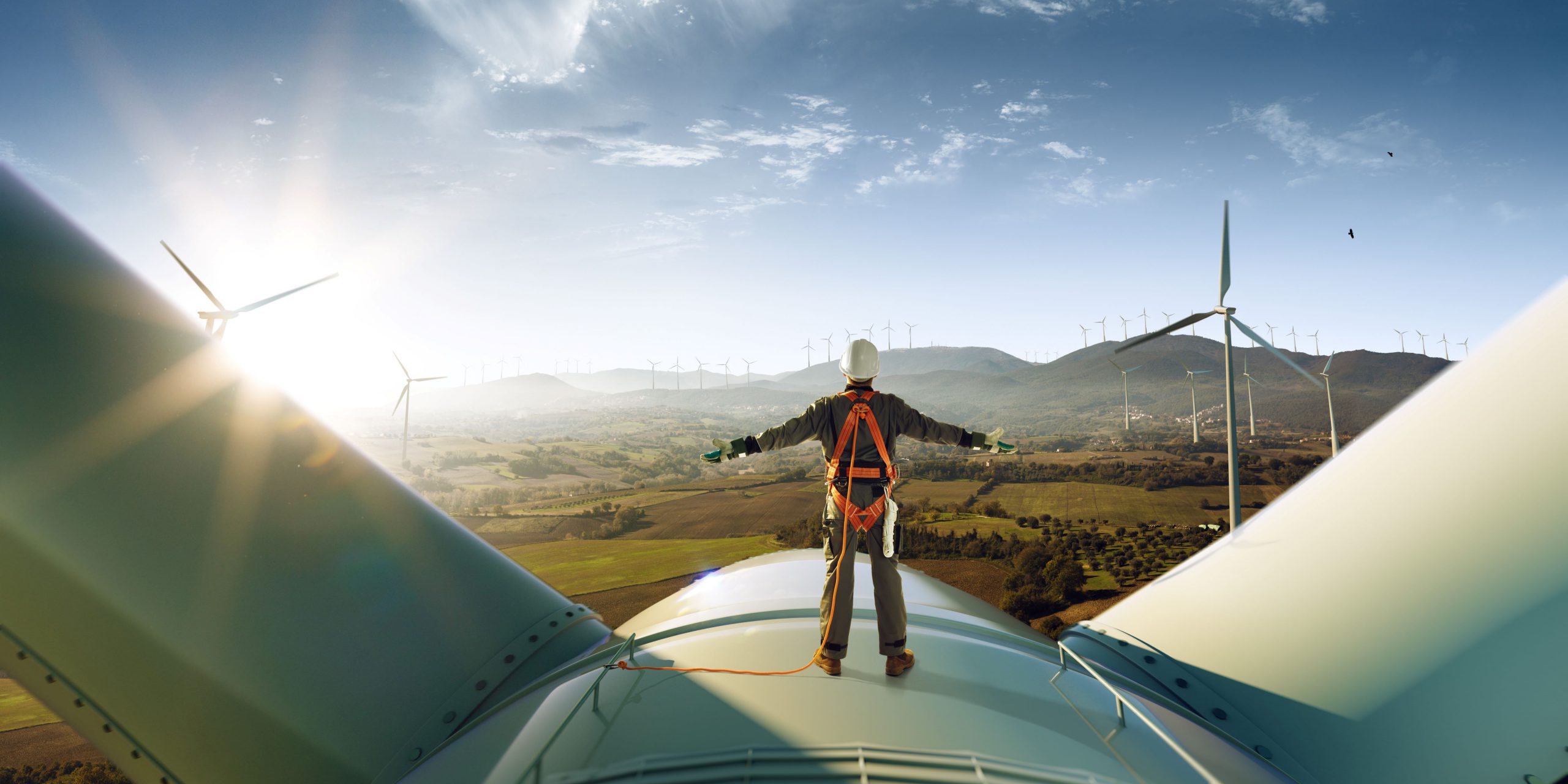Brian McCowan, Zondits staff, 2/29/2024
The International Energy Agency (IEA) forecasts that renewable energy-generated electricity will surpass coal-generated power by the end of 2025. Further, the IEA predicts that by 2026, nuclear power and renewable energy combined will generate almost 50% of the world’s electricity.
The report, titled Electricity 2024, is the current edition of the IEA annual forecast that has been published since 2020. The report “offers a deep and comprehensive analysis of recent policies and market developments, and provides forecasts through 2026 for electricity demand, supply, and CO2 emissions. In addition, this year’s report features in-depth analysis on the drivers of recent declines in electricity demand in Europe; the data center sector’s impact on electricity consumption; and recent developments in the global nuclear power sector,” according to the IEA. Electricity 2024 – Analysis – IEA
The IEA is an autonomous organization comprising 29 member nations with additional support from non-member nations. It was established in 1974, in response to the 1973-1974 oil crisis, to help its members respond to oil supply disruptions. In recent years, its mission has broadened to include international data collection, analyzing global energy trends, fostering multinational cooperation, and promoting sustainable energy policy.
In a statement released by the IEA, Executive Director Fatih Birol said, “It’s encouraging that the rapid growth of renewables and a steady expansion of nuclear power are together on course to match all the increase in global electricity demand over the next three years. This is largely thanks to the huge momentum behind renewables, with ever-cheaper solar leading the way, and support from the important comeback of nuclear power, whose generation is set to reach a historic high by 2025. While more progress is needed, and fast, these are very promising trends.”
Although the IEA forecasts that electricity demand will accelerate over the next three years, it expects that the increased demand will be fully satisfied by the expansion of clean energy sectors. The increasing demand is the result of multiple factors including electric vehicles, industrial growth, data centers and the associated growth of artificial intelligence and the cryptocurrency sector, and the electrification of building conditioning systems. Countering increasing demand is the growth of solar, wind, battery storage, and nuclear power.
The following is excerpted from the Electricity 2024 Executive Summary:
Falling electricity consumption in advanced economies restrained growth in global power demand in 2023. The world’s demand for electricity grew by 2.2% in 2023, less than the 2.4% growth observed in 2022. While China, India and numerous countries in Southeast Asia experienced robust growth in electricity demand in 2023, advanced economies posted substantial declines due to a lacklustre macroeconomic environment and high inflation, which reduced manufacturing and industrial output.
Global electricity demand is expected to rise at a faster rate over the next three years, growing by an average of 3.4% annually through 2026. The gains will be driven by an improving economic outlook, which will contribute to faster electricity demand growth both in advanced and emerging economies. Particularly in advanced economies and China, electricity demand will be supported by the ongoing electrification of the residential and transport sectors, as well as a notable expansion of the data centre sector. The share of electricity in final energy consumption is estimated to have reached 20% in 2023, up from 18% in 2015. While this is progress, electrification needs to accelerate rapidly to meet the world’s decarbonisation targets. In the IEA’s Net Zero Emissions by 2050 Scenario, a pathway aligned with limiting global warming to 1.5 °C, electricity’s share in final energy consumption nears 30% in 2030.
Electricity consumption from data centres, artificial intelligence (AI) and the cryptocurrency sector could double by 2026. Data centres are significant drivers of growth in electricity demand in many regions. After globally consuming an estimated 460 terawatt-hours (TWh) in 2022, data centres’ total electricity consumption could reach more than 1 000 TWh in 2026. This demand is roughly equivalent to the electricity consumption of Japan. Updated regulations and technological improvements, including on efficiency, will be crucial to moderate the surge in energy consumption from data centres.
Executive summary – Electricity 2024 – Analysis – IEA
The full IEA report is available for download at this site: Electricity 2024 – Analysis – IEA
IEA press release presenting the results of the study: Clean sources of generation are set to cover all of the world’s additional electricity demand over the next three years – News – IEA
Renewable Power Set to Surpass Coal Globally by 2025 | Scientific American

